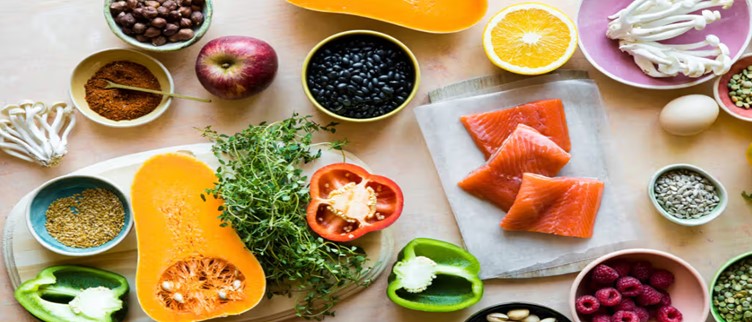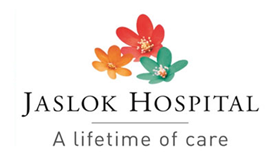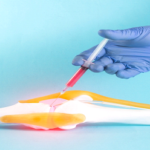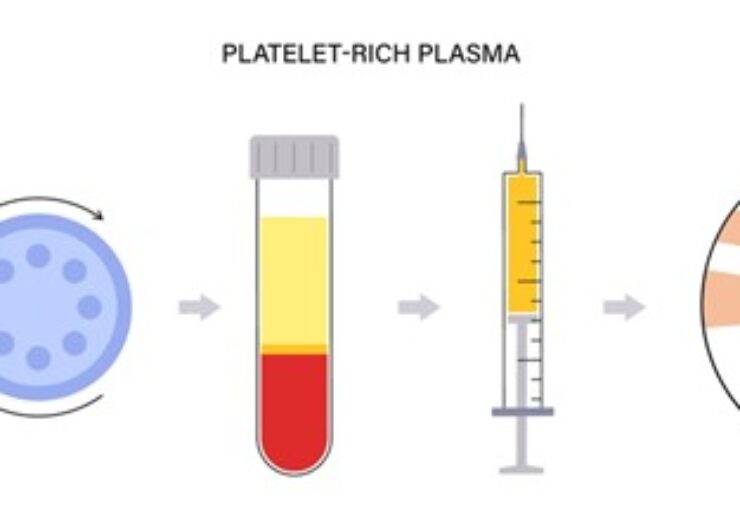Nutritional Strategies for Optimal Recovery after PRP Treatment for Knee Pain

What is Platelet-Rich Plasma Therapy
PRP Therapy is a type of treatment that helps your body heal itself. It involves getting injections of a special substance called Platelet Rich Plasma. In other language, Platelet-rich plasma (PRP) therapy is a procedure that utilizes a patient’s own blood to aid in the healing of injuries or conditions. Although commonly used in sports and skin treatments, it has not been approved by the FDA for these specific purposes. During the procedure, doctors extract a blood sample and utilize a centrifuge machine to separate the platelets, which play a crucial role in the healing process. These platelets are then injected into the targeted area to promote hair growth, tissue repair, and reduce inflammation.
How does it Help with Knee Pain
Platelet-Rich Plasma (PRP) therapy can help alleviate knee pain through several mechanisms:
- Reduced Inflammation: PRP injections reduce knee inflammation, relieving pain from conditions like osteoarthritis and tendinitis.
- Tissue Regeneration: PRP therapy helps regenerate knee tissues, easing pain for lasting relief.
- Pain Relief: PRP therapy targets knee pain for relief and improved mobility.
- Enhanced Healing of Injuries: PRP therapy helps speed up knee injury healing by repairing damaged tissues and reducing pain.
- Personalized Treatment: PRP therapy uses patient’s own blood for personalized knee pain treatment based on precision medicine principles.
- Potential for Long-Term Relief: PRP therapy for chronic knee pain offers the potential for sustained relief and functional improvements over the long term, contributing to overall knee health and mobility.
What to Do for Recovery After PRP Therapy?
After getting PRP injections, you need to take some time to recover. During this time, you should follow the instructions given by your doctor and avoid doing any exercises that could hurt the area where you got the injections. If necessary, you may also collaborate with a physical therapist or opt for the RNR Medicine Department in Mumbai for a platelet-rich plasma doctor in knee treatments to facilitate you in fast recovery after PRP therapy. In the first few days after the injections, you should rest and only do light activities. After about two weeks, you can start doing more exercises like walking and swimming. But you should still avoid activities that put a lot of pressure on your joints, like running or lifting weights. After about two months, you can start doing your normal exercises and activities again. It’s important to listen to your doctor and physical therapist and not push yourself too hard, so you don’t get hurt. PRP Therapy can help you get back to doing the things you love without pain.
The Role of Nutrition in Recovery after PRP Therapy
Nutritional support for PRP treatment plays a crucial role as for fast treatment recovery. A diet rich in essential nutrients such as vitamins C and D, zinc, and protein can help support the body’s healing process post-PRP injection. These nutrients aid in collagen production, tissue regeneration, and overall wound healing, which are key components of the recovery process. It’s important to consult with a healthcare provider or nutritionist for personalized dietary recommendations based on individual needs and health conditions.
Why Proper Nutrition is Crucial for PRP Treatment Recovery?
Proper nutrition is crucial for PRP treatment recovery because it helps support the body’s healing process. PRP (platelet-rich plasma) treatment involves injecting a concentration of platelets from the patient’s own blood into the injured area to promote tissue repair and regeneration. Good nutrition provides the essential vitamins, minerals, and nutrients needed for cellular repair and growth. This includes proteins for building new tissue, antioxidants to reduce inflammation, and vitamins like vitamin C and zinc to support the immune system. Without proper nutrition, the body may not have the necessary resources to fully heal and recover from the PRP treatment effectively.
Key Nutrients for Optimal Recovery
Here are key aspects of nutrition that play a crucial role in PRP treatment recovery:
- Protein Intake: Protein is provide a crucial nutritional support for PRP treatment as it helps in tissue repair after PRP treatment; foods like lean meats, fish, eggs, dairy, legumes, and nuts help rebuild damaged tissues.
- Vitamin C: Vitamin C is essential for collagen synthesis and healing. Eat citrus fruits, strawberries, bell peppers, and leafy greens for enough vitamin C.
- Omega-3 Fatty Acids: Omega-3 rich foods like fish, flaxseeds, chia seeds, and walnuts reduce inflammation and aid in recovery.
- Hydration: Proper hydration supports the body’s circulation, nutrient delivery, and waste elimination processes. It’s important for individuals undergoing PRP treatment to maintain optimal hydration levels by consuming adequate water and hydrating beverages.
- Micronutrients: Various micronutrients, including zinc, copper, and manganese, play roles in collagen production and connective tissue repair. Get micronutrients from balanced diet with grains, nuts, seeds, fruits, veggies.
- Antioxidants: Incorporating antioxidant-rich foods, such as berries, leafy greens, and nuts, can help combat oxidative stress and support the body’s recovery from PRP treatment. Antioxidants play a role in reducing inflammation and protecting cells from damage during the healing process.
- Avoiding Inflammatory Foods: Minimizing the consumption of processed foods, refined sugars, and trans fats can help reduce inflammation in the body, promoting a more favorable environment for PRP treatment recovery.
Food For Knee Joints And Ligaments
Here are some foods that can provide fast recovery after PRP therapy and support healthy knee joints and ligaments:
- Fatty fish like salmon, mackerel, and sardines, which are rich in omega-3 fatty acids that have anti-inflammatory benefits.
- Leafy greens like spinach, kale, and collard greens, which are full of vitamins and minerals that support bone and tissue health.
- Berries such as strawberries, blueberries, and cherries, which are high in antioxidants that help reduce oxidative stress and inflammation.
- Nuts and seeds like almonds, walnuts, and chia seeds, which are good sources of healthy fats, protein, and minerals essential for joint health.
- Turmeric, a spice known for its anti-inflammatory properties, can be added to dishes or consumed as a supplement.
- Bone broth, rich in collagen and amino acids, can help support joint health and improve tissue repair.
Remember to maintain a balanced diet and consult with a healthcare professional for personalized recommendations.
Which Food is Not Good for Knee Pain?
Some foods to consider reducing or avoiding include:
- Processed Foods: Processed foods often contain high levels of unhealthy fats, refined sugars, and additives, which can contribute to inflammation in the body.
- Sugary Snacks and Beverages: Foods high in added sugars, such as candies, sodas, and sweetened snacks, can lead to spikes in blood sugar levels, potentially worsening inflammation.
- Highly Processed Carbohydrates: Foods made with refined flour and lacking in fiber can lead to increased inflammation. Avoiding foods such as white bread, pastries, and sugary cereals is often recommended.
- Fatty Meats: High-fat cuts of red meat and processed meats like bacon and sausages can contain saturated fats that may contribute to inflammation.
- Trans Fats: Foods containing trans fats, often found in fried foods, commercially baked goods, and various processed snacks, can lead to increased inflammation and should be limited.
- Excessive Alcohol: Consumption of excessive alcohol can lead to inflammation and may exacerbate existing joint discomfort.
Tips for Sticking to a Nutritional Strategy
Consistency is key when it comes to sticking to a nutritional strategy post-PRP treatment. Here are some detailed tips to help you stay on track and get you fast recovery after PRP therapy :
Find Accountability and Support
Finding a friend, family member, or even a support group with similar nutritional goals can create a shared sense of purpose. You can celebrate achievements and work through obstacles together. Sharing your goals with someone trustworthy can provide emotional support and motivation. Having someone to confide in about challenges and successes can help you stay committed. Consulting a registered dietitian or nutritionist can provide you with an informed, personalized plan. They can offer ongoing support, monitor your progress, and make adjustments as needed, empowering you to stick to a nutritional strategy tailored to your specific needs.
Stay Organized With Meal Prep
Spending dedicated time on meal prep can save time throughout the week. By preparing meals in advance, you can avoid the stress of making last-minute, potentially unhealthy food choices. Meal prepping allows you to take control of the nutritional content of your meals. You can prioritize balanced, nutrient-dense options, ensuring that your post-PRP treatment nutrition is aligned with your recovery goals. When healthy meals are readily available, you minimize decision fatigue and the temptation to opt for less nutritious options. This can contribute to greater adherence to your nutritional strategy.
Implementing proper nutritional strategies is essential for maximizing the benefits of PRP treatment for knee pain. By focusing on a diet rich in anti-inflammatory foods, protein, and hydration, patients can support their body’s healing process and expedite recovery. Remember, our dedicated team at the RNR Medicine Department at Jaslok Hospital is here to guide you every step of the way on your journey to optimal health and well-being. Embrace these nutritional habits and watch as they enhance the efficacy of your PRP treatment, allowing you to get back on your feet and back to doing what you love.





